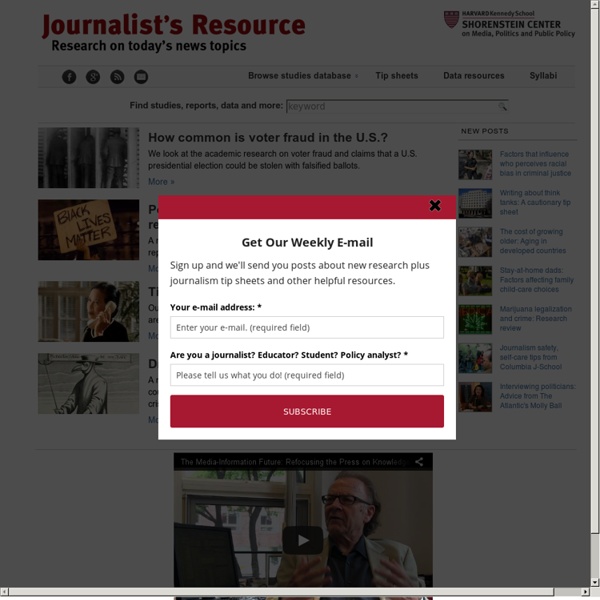



NSA: Jeder ist automatisch schuldig, bis seine Unschuld bewiesen ist Thomas Andrews Drake ist ein ehemaliger Angestellter der US Air Force und später der Geheimdienste Central Intelligence Agency (CIA) und National Security Agency (NSA). Er arbeitete bei der NSA als Experte für Softwaretests und veröffentlichte als Whistleblower interne Informationen über das Projekt Trailblazer. Im Jahr 2010 wurde er als Spion angeklagt, ein Jahr später erhielt er den Ridenhour Truth-Telling Preis. In einem Interview mit RussiaToday (siehe unten) sagte Drake, Sicherheit sei gewissermaßen zu einer "Staatsreligion" geworden, die man besser nicht hinterfragen sollte. Keine Sorge wegen abgehörten Telefonleitungen? Seit Jahren wird argumentiert, derartige Missstände könnten nicht öffentlich behandelt werden, weil die lückenlose Überwachung der eigenen Bevölkerung nicht bekannt gegeben werden dürfe. Laut Drake habe das Weiße Haus mit der NSA eine Übereinkunft getroffen, wonach die NSA den Staat nach den Vorkommnissen des 11. Video: Interview von Russia Today mit Thomas A.
Animated Information Graphics: Using Data and Motion to Reveal the Story In this class you'll learn how to create information graphics that use data and reveal stories through animation. You'll learn how to go from data/reporting to an engaging and animated information graphic. What You'll Learn An overview of the approach to starting with a set of data and assetsFiguring out the story and whats important or interesting about the dataCreating hierarchy of interesting elements and an organizational schemeWriting a scriptCreating the final storyboard We'll also cover things like best practices and some tips to keep in mind as you work on your project. What You'll MakeStudents will make a storyboard for an animated information graphic. Who This Class is ForThis class is for anyone is interested in data, information graphics, animation and telling compelling stories.
Infomous Research Trends: Special Focus, The Arts & Humanities The Arts & Humanities include a diverse range of subjects, including many of the oldest intellectual pursuits such as Philosophy, Religion, Music, History, Art, Theatre and Literature. These disciplines, along with fields such as Language, Linguistics and the History of Science, share a common concern with humanity and culture. This mutual interest means that we can expect much of the research in the Arts & Humanities to bridge disparate fields, in much the same way as modern scientific research increasingly links traditionally separate disciplines. One method for investigating this multidisciplinarity of research is to look at the citation links formed between journals when a paper published in one journal makes reference to a paper published in another. The Arts & Humanities landscape The Arts & Humanities as a subject area is only rarely the focus of bibliometric analyses, due to a common emphasis within the bibliometric community on citation analysis. Mapping journal context
Newspapers in Education | NIEUtah.com The Verge Visual Literacy in an Age of Data Statistician Hans Rosling inserts himself into charts during a TED talk and creates a narrative around the data. Shazna Nessa explains visual literacy and why it’s critical for data visualizers to take it seriously. It’s not what you look at that matters, it’s what you see. —Henry David Thoreau Data visualization work in journalism has been flourishing over the past few years both to find and analyze data for investigative purposes and to present information to the public. Data Visualization and Journalism The word “visualization” once more readily described the act of creating a mental image in one’s mind, whereas today it’s far more likely to mean the graphical representation of information. Julie Steele of O’Reilly categorizes visualizations into three buckets, which can be a useful framework to keep in mind: What Is the Problem? Data visualizations in journalism are often influenced by fields such as computer sciences and mathematics. A New “Visual Grammar” in Journalism Connected China